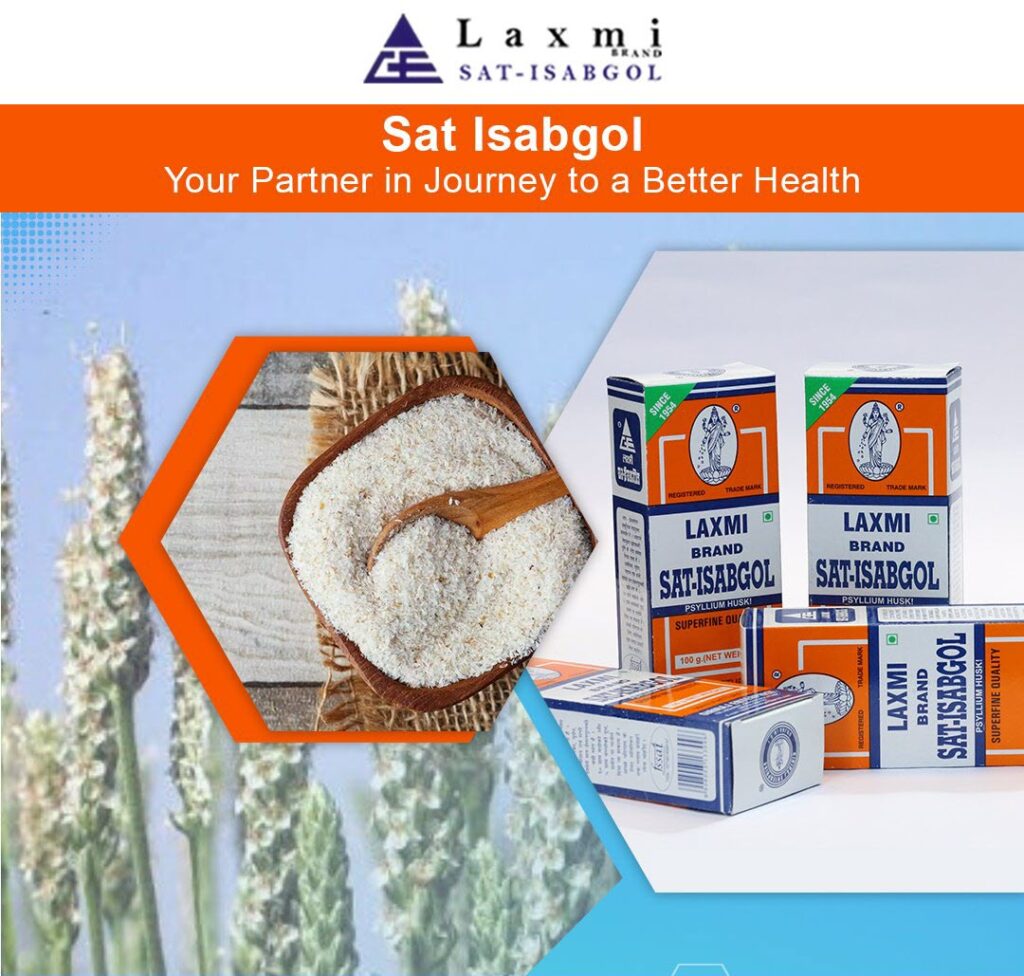How Isabgol Cultivation is Done?

Isabgol is an important crop due to its medicinal properties. The seeds are used for the treatment of intestinal wounds, dysentery, catarrh, and diarrhea. The husk contains abundant mucilage, which is used in pharmaceutical preparations and food as a thickening agent. Before partition, isabgol was cultivated in Sindh, but water scarcity slowed the growth of the crop. Farmers are now calling for government incentives to encourage the cultivation of isabgol. In addition to medical benefits, the seed has a high market value in both local and urban markets.
What are Soil Requirements for Isabgol Cultivation?
Soil is an important part of isabgol cultivation. The soil should be well-drained, have a high organic matter content and be of the right pH. Isabgol grows well on loamy and sandy soils. It requires a moderate level of salinity and is suitable for farming on moderately alkaline soils. If you are growing isabgol on a smaller scale, a shallow plot of 8 to 12 square meters with a tilth of 3 to 4 is recommended.
In order to maximize the yield, isabgol requires sandy loam soil with a pH between 7.2 and 8.5. The seed rate should range from four to six kilograms per hectare. Seeds should be pretreated before sowing, which protects the seeds from damping off. A few weeks after the seeds are sown, they need to be soaked in water for two to three days.
What does Isabgol Crop Yield Depends on?
The climate and soil conditions play a crucial role in determining the crop yield of isabgol. In addition to the variety grown, proper crop management practices and fertilizer application also make a difference. Isabgol requires a cool, dry climate for proper growth and development. Because of its sensitive nature to extreme weather, the crop requires cool temperatures and low humidity during its growth period. The ideal temperature for Isabgol cultivation is 20 to 30 degrees Celsius. Isabgol is a cash crop in western Rajasthan.

Crop Management of Isabgol
Isabgol is a major cash crop in western Rajasthan. In the past, the irrigation system in the area was better, and it was possible to plant more seeds per acre. In some significant programmes, a high-yielding isabgol variety was evaluated in a farmer’s field.
Isabgol cultivation and crop management should begin with soil preparation. It should be fine tilth stage, with good drainage. The beds should be prepared for irrigation activities. The last plough should incorporate well-decomposed farm yard manure. The pinnacle should be harvested every two to three days. Irrigation is essential in dry regions. It is best to irrigate the field twice after sowing the seeds.
How are Isabgol Seeds Processed?
Isabgol cultivars require fresh seeds from the previous crop season. This enhances the germination rate. The seed rate can range from four to six kg. Seeds are then pretreated with thiram to protect them from damping off. After planting, the crops require light irrigation. Isabgol cultivation should begin within 60 days of sowing. It takes about two months to mature.
Isabgol is commonly used as a medicine for a variety of ailments including dysentery, diarrhoea, and intestinal wounds. Its husk contains an abundant amount of mucilage, which is used in food and pharmaceutical preparations. Before partition, isabgol was cultivated in Sindh. Due to water scarcity, isabgol producers are calling for government incentives to promote its cultivation. In addition to medical uses, isabgol is used in baking and confectionery.

The Bottom Line
Seeds are obtained from plants with low moisture content. Plantago ovata and psyllium are the most common species grown in India. They grow to a height of thirty to forty-five centimetres and are almost stemless. They contain adventitious roots. After 60-70 days after sowing, isabgol plants produce 25-100 pseudostems. Its fruit is a greenish-white, ellipsoid-shaped pod, with a rounded top. It is harvested in the morning after dew has dried and then thrashed to remove excess moisture. Once the seed is harvested, it must be completely dried, ideally to a moisture content of 12 per cent.
About Author

Mihir Shah is the Chairman of Giriraj Enterprise, a leading manufacturer and exporter of Psyllium Husk. With over 19 years of experience at Giriraj Enterprise as CEO, Mihir has played a pivotal role in shaping the organization’s long-term vision and operational strategy. His efforts are focused on driving business development, ensuring the company maintains its commitment to quality and innovation in the marketplace.
Founded in 1954 by Late Shri Madhavlal Shah and later led by Mr. Anil Bhai and Mihir Shah, Giriraj Enterprise has become one of the most renowned names in the Psyllium Husk industry, known for its brand Laxmi Sat Isabgol. The company’s state-of-the-art infrastructure and in-house research lab ensure the delivery of superior products, with certifications like ISO, GMP, and SGS. Under Mihir's leadership, Giriraj Enterprise continues to lead the industry with high-quality products and a strong global presence.




